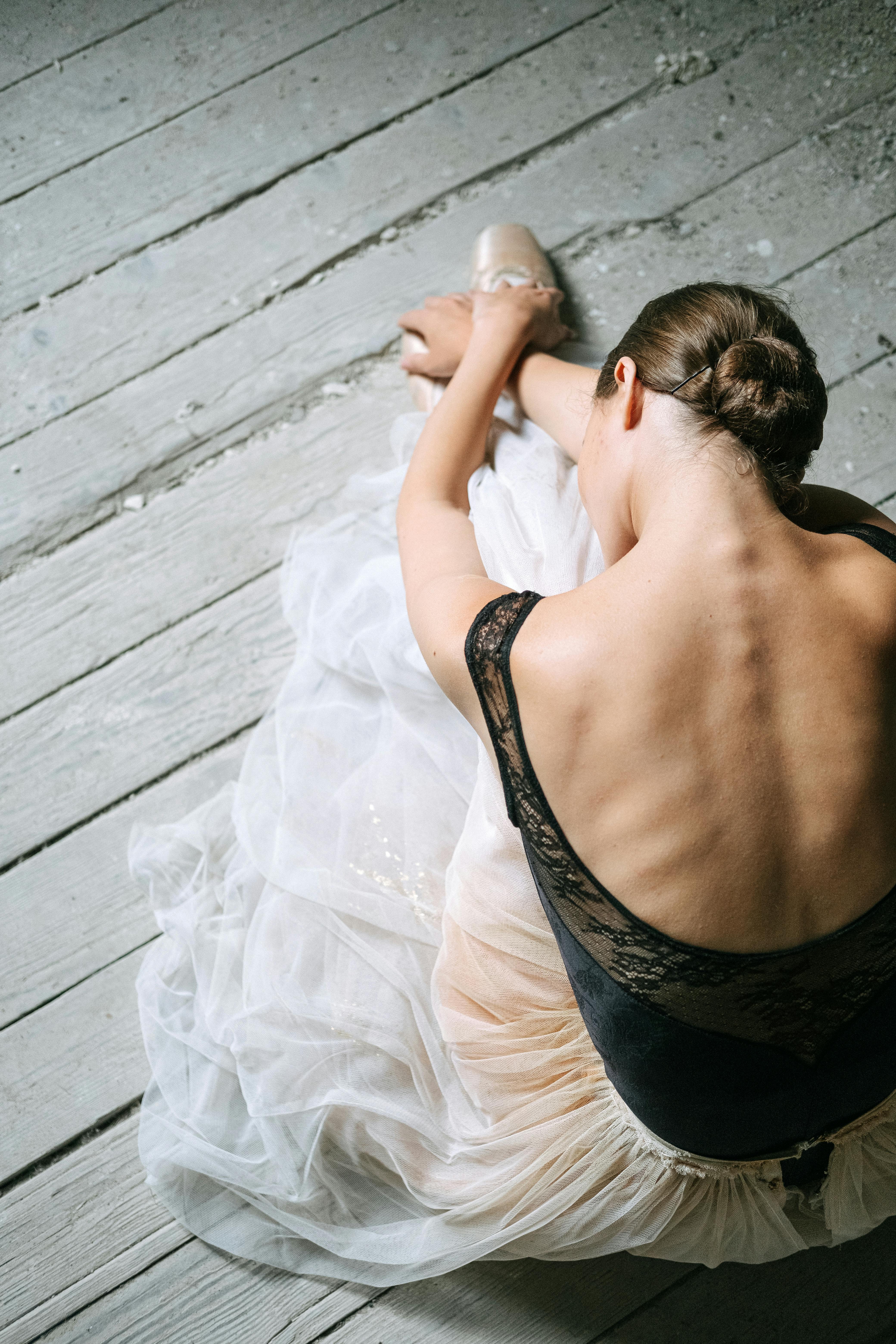Table of Contents
First Aid Training
One of the most important safety procedures a babysitter should know is first aid training. Accidents can happen at any time, and it is crucial for babysitters to be prepared to handle common injuries such as cuts, burns, falls, and choking. Babysitters should consider taking a first aid and CPR certification course to provide them with the necessary skills to respond effectively in emergency situations. Knowing how to administer first aid can make all the difference in ensuring the safety and well-being of the children under a babysitter’s care.
On-Demand Childcare in Your Neighborhood
Book a Sitter
Emergency Preparedness
In addition to first aid training, babysitters should also be well-versed in emergency preparedness. Babysitters should be familiar with the emergency procedures in the event of a fire, natural disaster, or medical emergency. It is essential for babysitters to know the emergency contact information for both the children’s parents and local emergency services. Babysitters should also have a plan in place for evacuating the home and ensuring the safety of all children in their care in case of an emergency.
Childproofing
Childproofing is another crucial safety procedure that every babysitter should know. Babysitters should be proactive in identifying potential hazards in the home and taking steps to childproof the environment. This includes keeping cleaning supplies, medications, sharp objects, and other potentially dangerous items out of reach of children. Babysitters should also ensure that electrical outlets are covered, cabinets are secured, and furniture is stable to prevent accidents and injuries.

Personal Safety
Personal safety is an important consideration for babysitters, especially when caring for children in unfamiliar environments. Babysitters should always prioritize their own safety by being cautious and aware of their surroundings. Babysitters should not hesitate to reach out to parents or emergency services if they feel unsafe or threatened in any way.
It is essential for babysitters to trust their instincts and remove themselves from any situation that may compromise their safety.
Communication with Parents
Effective communication with parents is key to maintaining a safe and secure environment for children. Babysitters should establish open and clear lines of communication with parents to receive important information about the children’s medical history, allergies, dietary restrictions, and any special instructions. Babysitters should also provide regular updates to parents on the children’s activities, well-being, and any incidents that may have occurred while in their care. Open communication between babysitters and parents is essential for ensuring the safety and well-being of the children under a babysitter’s supervision.
In conclusion, safety should always be the top priority for babysitters. By being knowledgeable about first aid training, emergency preparedness, childproofing, personal safety, and effective communication with parents, babysitters can create a safe and secure environment for children. By following these top 5 safety procedures, babysitters can provide quality care while ensuring the well-being of the children under their supervision.










